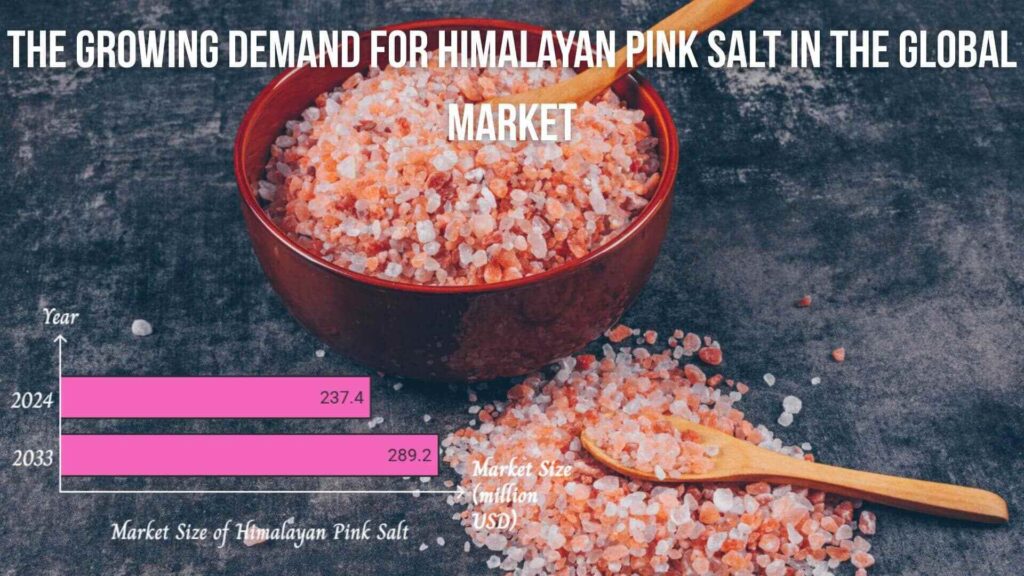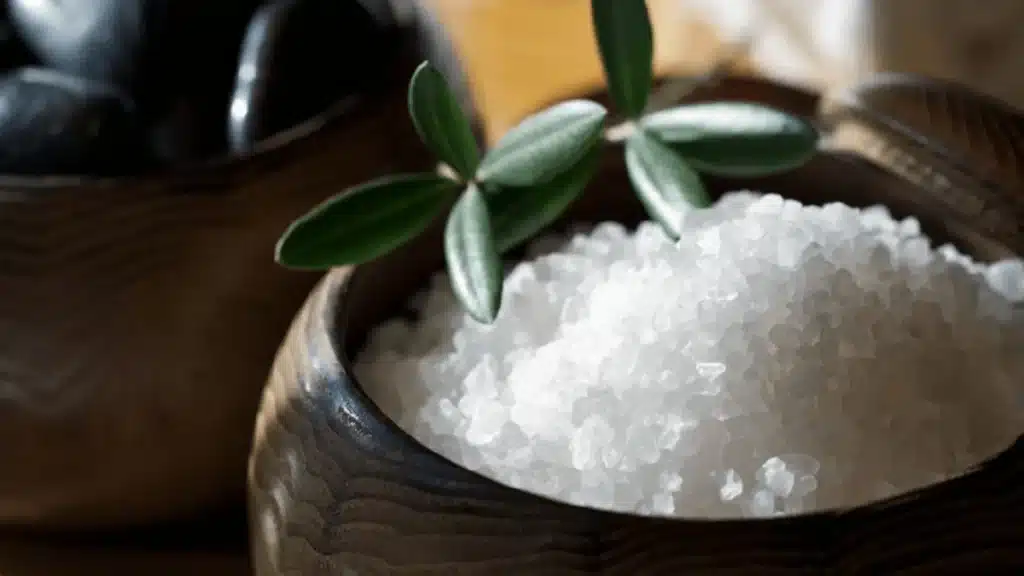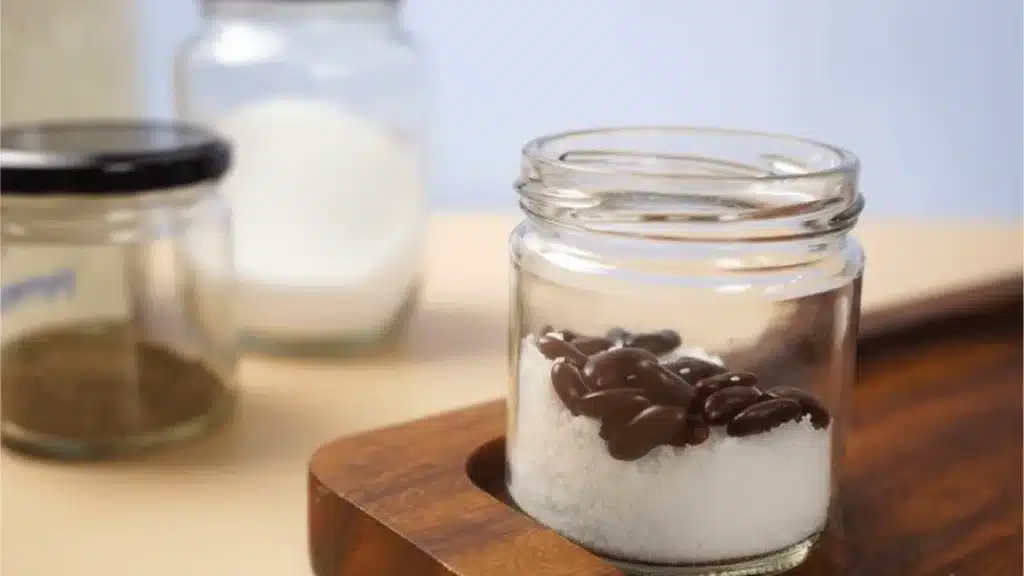
The Growing Demand for Himalayan Pink Salt in the Global Market
The Growing Demand for Himalayan Pink Salt in the Global Market The global demand for Himalayan pink salt has grown significantly in recent years. Known

There’s a tackling a question that’s been on many minds: Does this pink wonder actually expire? Before we get into the nitty-gritty of Himalayan salt, let’s talk about rock salt in general.
Rock salt, including our pink Himalayan variety, is a mineral that’s been around for millions of years. It’s formed from the evaporation of ancient seas and has been used by humans for centuries. But does something so ancient have an expiration date? The short answer is: not really, but there’s more to the story than meets the eye.
Now, let’s get to the heart of the matter – does that beautiful pink Himalayan salt sitting in your kitchen have an expiration date? Drum roll, please…
The truth is, pure Himalayan salt doesn’t technically expire. That’s right, you heard it here first! The reason behind this is simple: salt is a mineral, and minerals don’t spoil like organic substances do. In fact, salt has been used as a preservative for other foods for thousands of years precisely because of its ability to withstand the test of time.
But before you start hoarding Himalayan salt for the apocalypse, there’s a catch. While the salt itself doesn’t expire, its quality can deteriorate over time if not stored properly. So, while your salt won’t “go bad” in the traditional sense, it might not be as delightful to use if it’s not treated with a little TLC.
Alright, so we’ve established that Himalayan salt doesn’t expire, but it can lose its charm if we’re not careful. Let’s look at some ways to keep your pink salt in tip-top shape:

Water is salt’s arch-nemesis. When salt comes into contact with moisture, it can clump together, making it less pleasant to use. Even worse, if moisture gets trapped in your salt container, it can create an environment where microorganisms might grow. Yuck!
To keep your Himalayan salt dry and happy:
Proper storage is key to maintaining the quality of your Himalayan salt. Here are some tips:
Now, I know what you’re thinking – “You just said it doesn’t expire, but can it go bad?” Well, it’s a bit of a grey area. Pure Himalayan salt doesn’t spoil or go rancid like other foods. However, there are a few scenarios where your salt might become less than ideal:
Himalayan food is well established in the utilization of new, seasonal ingredients obtained from the rich landscapes that border the mountain range. Staples like rice, millet, buckwheat, and grain structure are the premise of many dishes, joined by a variety of nearby developed vegetables, spices, and tastes. The area’s plentiful biodiversity likewise gives a variety of meats like yak, goat, sheep, and poultry, which are frequently, arranged utilizing customary cooking techniques like slow cooking, barbecuing, and steaming.
While Himalayan salt doesn’t technically expire, there are a few signs that it might be past its prime:
Remember, when in doubt, throw it out. Salt is relatively inexpensive, so it’s better to be safe than sorry!
So, there you have it, folks! The lowdown on Himalayan salt expiration. While this pink beauty doesn’t have an expiration date in the traditional sense, it’s not entirely immortal either. With proper storage and a little attention, your Himalayan salt can last indefinitely, adding a burst of flavor and a pop of color to your culinary creations for years to come.
Remember, the key to long-lasting Himalayan salt is keeping it dry, clean, and well-stored. Treat it right, and it’ll be your faithful kitchen companion through countless meals and seasons.
Yes, clumped salt is generally safe to use. You can break up the clumps by tapping the container or using a salt grinder. However, if the clumping is due to visible moisture or contamination, it’s best to replace the salt.

The Growing Demand for Himalayan Pink Salt in the Global Market The global demand for Himalayan pink salt has grown significantly in recent years. Known

The Benefits of Sourcing Himalayan Pink Salt in Bulk for Food Manufacturers Himalayan pink salt is more than just a trendy ingredient — it’s a
WhatsApp us